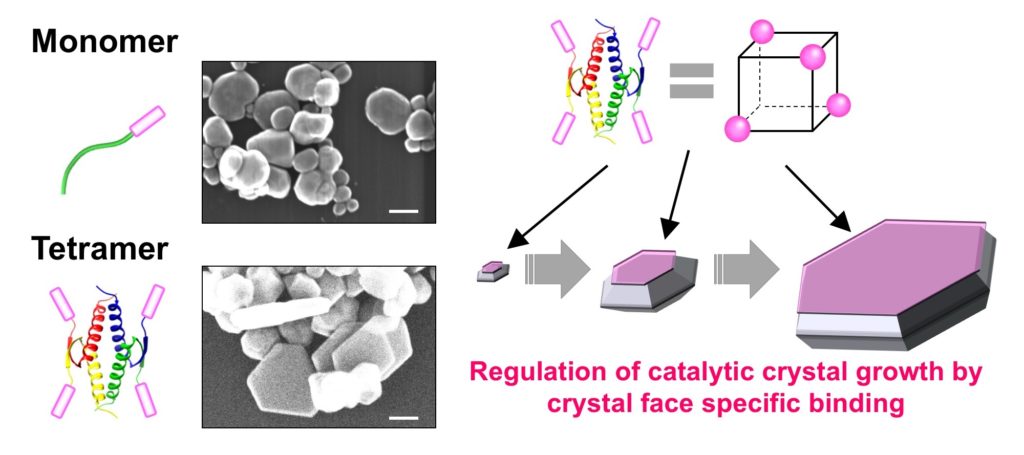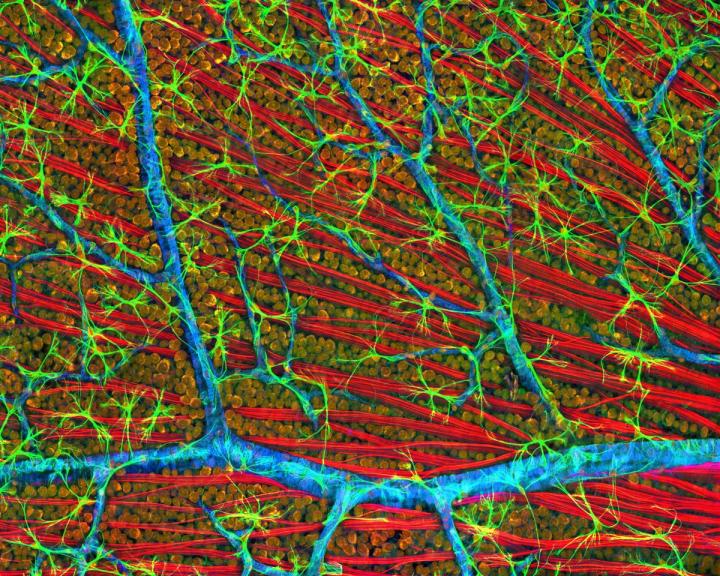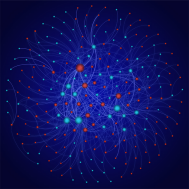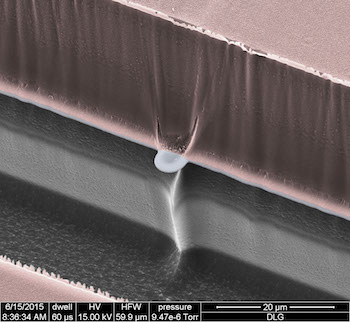Government officials are calling the new $50M programme to teach computer coding skills to approximately 500,000 Canadian children from kindergarten to grade 12, CanCode (h/t June 14, 2017 news item on phys.org). Here’s more from the June 14, 2017 Innovation, Science and Economic Development Canada news release,,
Young Canadians will get the skills they need for the well-paying jobs of the future as a result of a $50-million program that gives them the opportunity to learn coding and other digital skills.
The Honourable Navdeep Bains, Minister of Innovation, Science and Economic Development, together with the Honourable Kirsty Duncan, Minister of Science, today launched CanCode, a new program that, over the next two years, will give 500,000 students from kindergarten to grade 12 the opportunity to learn the in-demand skills that will prepare them for future jobs.
The program also aims to encourage more young women, Indigenous Canadians and other under-represented groups to pursue careers in science, technology, engineering and math. In addition, it will equip 500 teachers across the country with the training and tools to teach digital skills and coding.
Many jobs today rely on the ability of Canadian workers to solve problems using digital skills. The demand for such skills will only intensify as the number of software and data companies increases—whether they sell music online or design self-driving cars, for example. That’s why the government is investing in the skills that prepare young Canadians for the jobs of tomorrow.
This program is part of the Innovation and Skills Plan, a multi-year strategy to create well-paying jobs for the middle class and those working hard to join it.
Quotes
“Our government is investing in a program that will equip young Canadians with the skills they need for a future in which every job will require some level of digital ability. Coding teaches our young people how to work as a team to solve difficult problems in creative ways. That’s how they will become the next great innovators and entrepreneurs that Canada needs to succeed.”
– The Honourable Navdeep Bains, Minister of Innovation, Science and Economic Development
“Coding skills are highly relevant in today’s scientific and technological careers, and they will only become more important in the future. That’s why it is essential that we teach these skills to young Canadians today so they have an advantage when they choose to pursue a career as a scientist, researcher or engineer. Our government is proud to support their curiosity, their ambition and their desire to build a bolder, brighter future for all Canadians.”
– The Honourable Kirsty Duncan, Minister of Science
Quick Facts
- Funding applicants must be not-for-profit organizations incorporated in Canada. They must have a minimum of three years of experience delivering education-related programs to young Canadians.
- The deadline for applications for project funding is July 26, 2017 [emphasis mine].
Associated Links
Exciting stuff, eh?
I was a bit curious about how the initiative will be executed since education is a provincial responsibility. The answers are on the ‘CanCode funding application‘ page,
The CanCode program aims to provide coding and digital skills learning opportunities to a diverse set of participants, principally students from kindergarten to grade 12 (K-12) across Canada, including traditionally underrepresented groups, as well as their teachers. The program will consider proposals for initiatives that run until the program end date of March 31, 2019.
Funding
Maximum contribution funding to any one recipient cannot exceed $5 million per year, and the need for the contribution must be clearly demonstrated by the applicant. The level of funding provided by the program will be contingent upon the assessment of the proposal and the availability of program funds.
Proposals may include funding from other levels of government, private sector or non-profit partners, however, total funding from all federal, provincial/territorial and municipal sources cannot exceed 100%.
Eligible costs
Eligible costs are the costs directly related to the proposal that respect all conditions and limitations of the program and that will be eligible for claim as set out in the Contribution Agreement (CA) if the proposal is approved for funding.
Eligible costs include:
- Administrative operating costs, including travel related to delivery of training (limited to no more than 10% of total eligible costs except for approved recipients delivering initiatives in Canada’s Far North due to high costs associated with travel, inclement weather, costs of accommodation and food)
- Direct costs to deliver training (including for training delivery personnel, space rental, materials, etc.)
- Costs for required equipment limited to no more than 20% of total eligible costs
- Costs to develop and administer online training
Eligibility details
Essential criteria for assessment
To qualify for funding, your organization:
- Must be a not-for-profit organization incorporated in Canada; and
- Must have a minimum of three years’ experience in the delivery of coding and digital education programs to K-12 youth and/or their teachers.
Your funding proposal must also clearly demonstrate that:
- Your proposed initiative meets the objectives of the program in terms of target participants and content (e.g. computational thinking, coding concepts, programming robotics, internet safety, teacher training);
- Your initiative will be delivered at no cost to participants;
- With program funding, your organization will have the resource capacity and expertise, either internally or through partnerships, to successfully deliver the proposed initiative; and
- You can deliver the proposed initiative within the program timeframe.
Asset criteria for assessment
While not essential requirements, proposals will also be assessed on the degree to which they include one or more of the following elements:
- Content that maps to provincial/territorial educational curricula (e.g. lessons for teachers on how to integrate coding/digital skills into the classroom; topics/content that support current curricula);
- Development of tools and resources that will be made available to students and teachers following a learning opportunity, and which could reinforce or continue learning, and/or reach a broader audience;
- Partnerships with other organizations, such as school boards, teacher associations, community organizations, and other organizations delivering coding/digital skills;
- Private sector funding or partnerships that can leverage federal contributions to deliver programming to a wider audience or to enhance or expand initiatives and content;
- A demonstrated ability to reach traditionally underrepresented groups such as girls, Indigenous youth, disabled, and at-risk youth;
- A demonstrated ability to deliver services on First Nations Reserves; or
- A demonstrated ability to reach underserved locations in Canada, such as rural, remote and northern communities.
Eligibility self-assessment
Before you get started, take the following self-assessment to ensure your proposed initiative/project is eligible for funding. If you answer yes to all of the questions below, you are eligible to apply:
- Are you a not-for-profit organization incorporated in Canada? Are you able to provide articles of incorporation?
- Has your organization been delivering coding/digital skills education to youth within the range of kindergarten to grade 12 and/or teachers for at least three years?
- Can your proposed initiative/project be delivered by March 31, 2019?
- Does your proposed initiative/project provide any of the following: development and delivery of training and educational initiatives for K-12 students to learn digital skills, coding and related concepts (e.g. in-class instruction, after-school programs, summer camps, etc.); development and delivery of training and professional development initiatives for teacher to develop the skills and confidence to introduce digital skills, coding and related concepts into the classroom (e.g. teacher training courses, workshops, etc.); development of online resources/tools to support and enhance coding and digital skills learning initiatives for youth and/or teachers.
How to apply
When you click “Apply now”, you will be prompted to submit a basic form to collect your contact information. We will then contact you to provide you with the application package.
Contact information
For general questions and comments, please contact the CanCode program.
Telephone (toll-free in Canada): 1-800-328-6189
Telephone (Ottawa): 613-954-5031
Fax: 343-291-1913
TTY (for hearing-impaired): 1-866-694-8389
By email
Chat now
Business hours: 8:30 a.m. to 5:00 p.m. (Eastern Time)
By mail: CanCode
C.D. Howe Building
235 Queen Street, 1st floor, West Tower
Ottawa, ON K1A 0H5
Canada
For anyone curious about just how much work is involved (from the Apply for CanCode funding page;Note: contact form not included),
Please complete and submit the form below and we will contact you within 2 business days to provide you with an application package.
Application package
A complete application package, consisting of a completed Application Form, a Project Work Plan, a Budget, and such additional supporting documentation as required by the program to fully assess the proposal’s merit to be funded, must be submitted on or before July 26, 2017 to be considered.
Supporting documentation includes, but is not limited to, the following:
- Corporate documents, e.g. articles of corporation;
- Financial statements from the last three years;
- Information on any contributors/partners and their roles and resources in support of the project;
- A detailed budget outlining forecasted total costs and per participant cost of delivering the proposed initiative;
- A detailed work plan providing a description of all project activities and timelines, as well as overall expected results and benefits;
- Information on experience/skills of key personnel;
- Copies of any funding or partnership agreements relevant to the proposal;
- Letters of support from partners, previous clientele, other relevant stakeholders;
Application intake
The program will accept proposals until July 26, 2017 [emphasis mine], whereupon the call for proposals will be closed. Should funding remain available following the assessment and funding decisions regarding proposals received during this intake period, further calls for proposals may be issued.
If you keep scrolling down you’ll find the contact form.
Applicants sure don’t much time to prepare their submissions from which I infer that interested parties have already been contacted or apprised that this programme was in the works.
Also, for those of us in British Columbia, this is not the first government initiative directed at children’s computer coding skills. In January 2016, Premier Christy Clark* announced a provincial programme (my Jan. 19, 2016 posting; scroll down about 55% of the way for the discussion about ‘talent’ and several months later announced there would be funding for the programme (June 10, 2016 Office of the Premier news release about funding). i wonder if these federal and provincial efforts are going to be coordinated?
For more insight into the BC government’s funding, there’s Tracy Sherlock’s Sept. 3, 2016 article for the Vancouver Sun.
For anyone wanting to keep up with Canadian government science-related announcements, there are the two minister’s separate twitter feeds:
@ministerISED
@ScienceMin
*As of June 16, 2017, Premier Clark appears to be on her way out of government after her party failed by one seat to win a majority in the Legislative Assembly. However, there is a great deal of wrangling. Presumably the funding for computer coding programmes in the schools was locked in.








